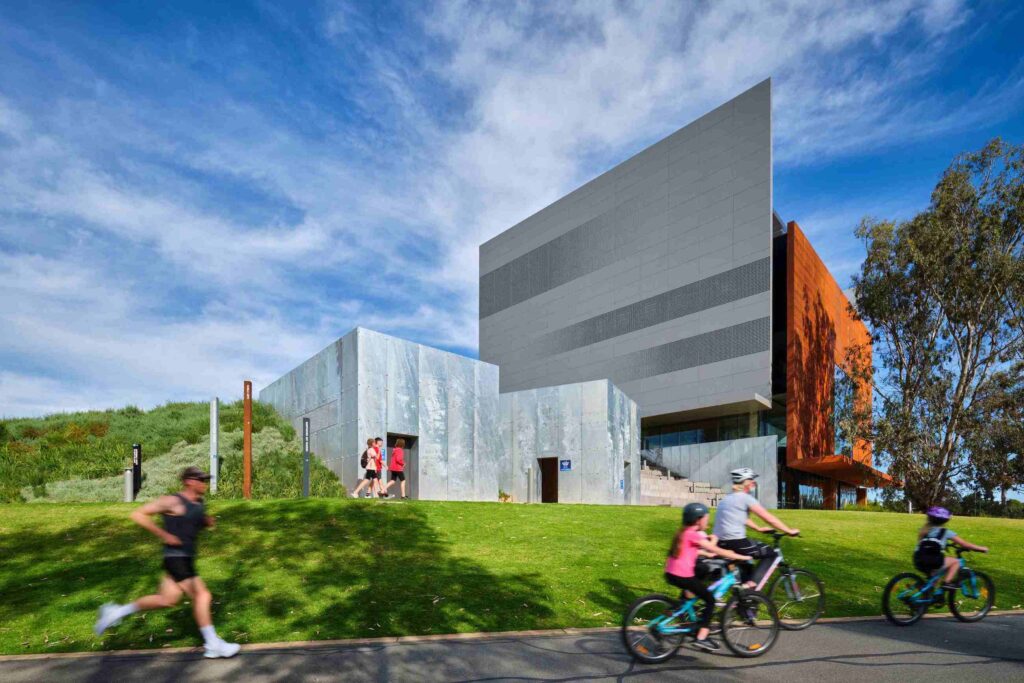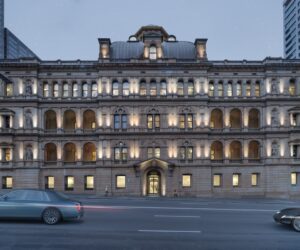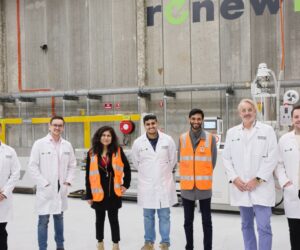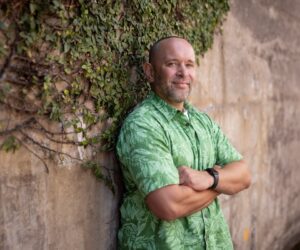Shepparton Art Museum Has Achieved an Industry-First 6 Star Green Star Rating
Shepparton Art Museum has achieved status as Australia’s most sustainable Museum, certified with a 6 Star Green Star rating—the highest rating possible—in what is the first public art museum and gallery space in Australia to do so.
Designed by Denton Corker Marshall, with Environmental Consultancy Services provided by Integral Group, SAM’s 6 Star Green Star rating has been awarded a ‘Design & As Built’ v1.2 certification, representing globally-recognised leadership in sustainable design of a public building.
SAM’s sustainability measures include the use of Passive House principles for airtightness, allowing for superior airtightness levels to deliver an energy efficient, thermally comfortable, and healthy indoor environment. This is supported by a square compact plan which extrudes over five levels, resulting in an efficient floor-to-façade ratio – decreasing thermal transfer and energy demand.
The distinctive small-and-tall form of the building accommodates a floodway across the site, while at the same time maximises the extent of parkland which contributes to the regeneration of the local ecology.
Both Denton Corker Marshall Founding Director John Denton and Greater Shepparton Mayor, Councillor Kim O’Keeffe share in their excitement for SAM’s industry-leading sustainability certification, positioning SAM as an internationally recognised building.
“Denton Corker Marshall are proud of our design for the new Shepparton Art Museum and are thrilled with the 6 Star Green Star sustainability achievement, the highest Green Star rating possible, and the first museum/art gallery in Australia to achieve this level of rating. It is also extremely rewarding to see the significant cultural contribution SAM is making to the Shepparton region,” said Denton.
“SAM will set the standard for healthy, resilient, positive buildings and places across the globe – and it is right here in Shepparton,” said O’Keeffe.
SAM’s 6 Star Green Star rating demonstrates a substantial achievement and commitment by the Greater Shepparton City Council to set, measure and monitor sustainability targets beyond the requisite benchmarks. The achievement establishes an important contribution to the broader transformation towards sustainable development throughout Australia.
Using a points system, Green Building Council Australia accredited SAM with a 6 Star Green Star – ‘Design & As Built’ rating based on a range of features, including indoor environment quality, energy use, water use, land use and ecology, transportation, materials, and monitoring.
Indoor Environment Quality
It was essential for SAM to be designed to operate with the air quality and humidity control that is critical to exhibit artworks on loan and host international exhibitions. Two of SAM’s four exhibition spaces are designed to international standards, with consequent energy requirements balanced through the zoning of spaces throughout the larger site.
Reduction of indoor air pollutants from materials was achieved through the selection of low VOC materials. Ventilation systems were designed for ease of maintenance and minimisation of pollutants.
Lighting levels were designed to eliminate glare and maximise access to daylight, with localised lighting controls. Enclosed areas feature minimised crosstalk between spaces, with acoustic separation and reverberation reduction applied to create comfortable acoustic conditions.
Energy use
A rooftop array of 162 photovoltaic panels contribute to energy generation, with additional energy sourced from renewable energy sources. Overall, the compact form of the building contributes to lower energy demand.
Water use
Toilet flushing functionality within the museum as well as adjacent public toilets is supplied from a 10K litre underground rainwater storage tank. Landscape and parkland irrigation does not use potable water, while water for irrigation is recycled from the Victoria Park Lake.
Land use and ecology
Previously the site of a petrol station, the site was carefully remediated to restore the significant wetlands. Limiting the museum floor area to cover the degraded site allowed for more land to be preserved or returned to its natural state.
The addition of native plants and landscaping reduces the heat island effect throughout the site, while a Bio Retention Garden Bed and Swale assists with stormwater diversion around the building towards the lake, and flood mitigation. These features minimise peak stormwater flows and reduce pollutants entering the public stormwater system.
Transportation
Low emissions vehicle transport infrastructure includes four electric car charging stations. The design for the broader urban realm reflects a pedestrian-centred, walkable neighbourhood.
Materials
Materials are sourced from sustainable and local sources throughout the project. At least 95 per cent of the steel used in the building was sourced from a responsible steel maker. Local Blackbutt timber was used through-out SAM on stairs, the café, custom joinery, and the rooftop event space. Unique furniture upholstery was designed and created by the local indigenous community through Kaiela Arts.
Monitoring
A formalised environmental management system is used to meter and monitor environmental performance targets.
Designed to be an inviting space where every surface presents an opportunity for display, event or installation, SAM is characterised by simplicity of form, with elements inspired by the local Shepparton surrounds. The Art Museum houses over 4,000 artworks, with four main gallery spaces including a dedicated Kids Space and Workshops; Visitors’ Information Centre; Kaiela Arts Aboriginal community arts centre; an outdoor amphitheatre and Art Hill; and cafe and 150-person event space and terrace, all within the 5,300m2 cubic building.
The newly-designed SAM opened to the public in late 2021.



